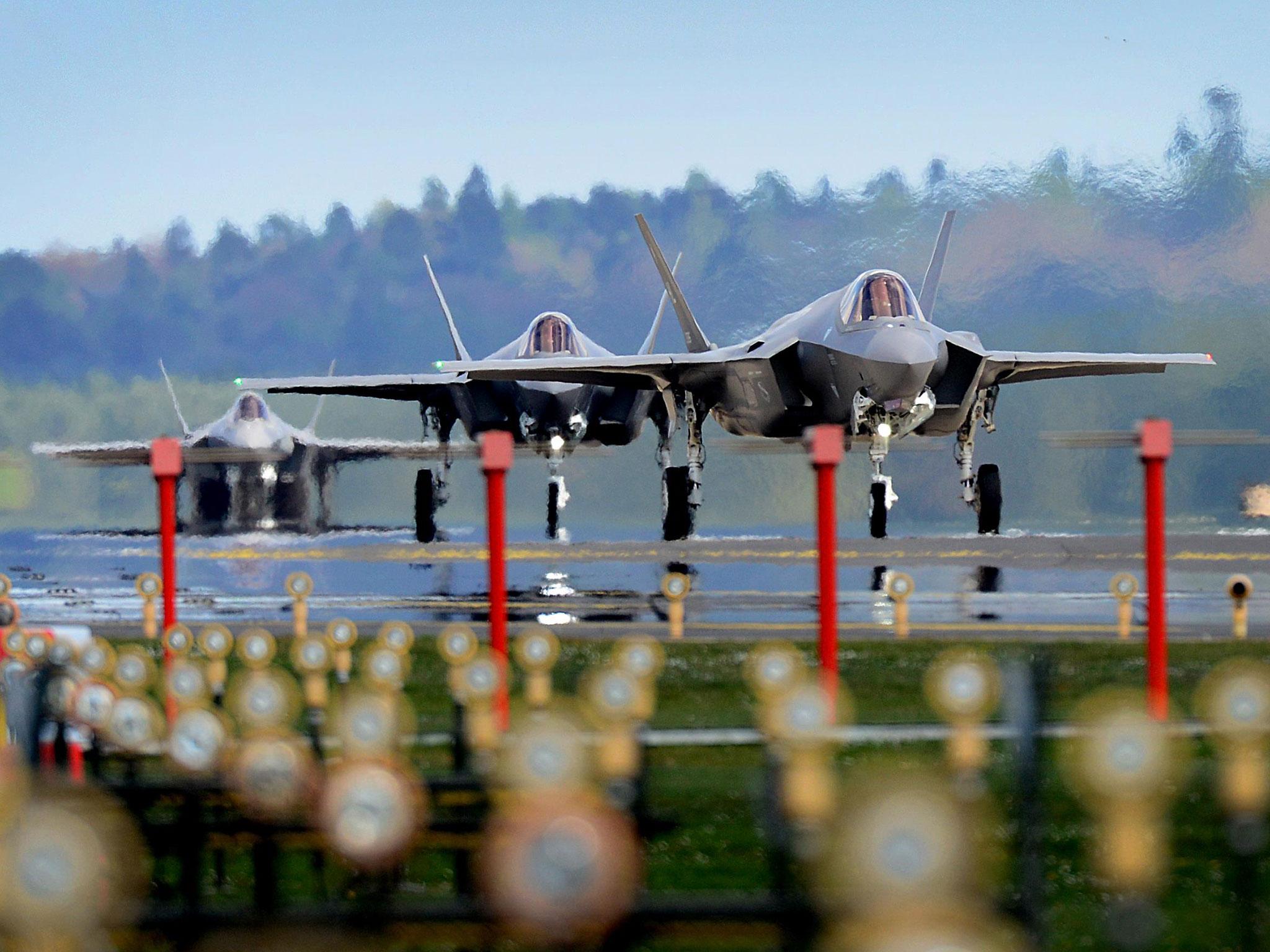UK's armed forces short of up to £21bn for equipment needed over next decade, MPs warn
Public Accounts Committee says gap has impact on Britain's 'ability to prepare for serious challenges in national defence'

Britain’s armed forces could be almost £21bn short of the money it needs to buy equipment to combat mounting threats over the next decade, MPs have warned.
The Public Accounts Committee said it was “highly sceptical” that the Ministry of Defence’s (MoD) ongoing modernisation programme would solve affordability issues and ensure Britain’s capabilities against cyber, chemical, biological, radiological, nuclear and electromagnetic attacks.
A report concluded that the department “simply does not have enough money to buy all the equipment it says it needs” and accused it of losing control over costs.
The committee calculated a deficit of at least £4.9bn and potentially as much as £20.8bn over the 10-year £179.7bn equipment budget, although the MoD said the “worst-case scenario” was unlikely.
Meg Hiller, the Labour MP who chairs of the committee, said the government had also failed to report transparently to both parliament and the public about the financial risks it faces.
“The MoD’s national security responsibilities give it a unique and critical place in the public sector but that is no excuse for a lack of rigour in its financial affairs,” she added.
“The MoD’s inability to better quantify that affordability gap has consequences not just for its confirmed spending plans, but also its ability to prepare for serious challenges in national defence.
“The department must be more rigorous and realistic in its approach to costing its equipment plan. It also needs to be more open with parliament and the public about its finances, commitments and their costs to taxpayers.
“We heard a lot in evidence about the Modernising Defence Programme but I am concerned this may end up adding more costs to what is already an overstretched budget.”
The equipment plan accounts for more than 40 per cent of the entire defence budget in that period and a 2017 review by the Public Accounts Committee warned of a budget shortfall of £7bn.
Its latest report condemned the plan as unrealistic and found weaknesses in cost control.
The construction of the next generation of nuclear missile submarines and the troubled F-35 fighter jet programme, which has left new aircraft carriers without aircraft, were among those singled out for criticism.
MPs said the biggest concern was the need to bring forward some of the cost of building the next generation of nuclear missile submarines, the £31bn Dreadnought class, plus its nuclear warheads.
The committee heard evidence that while the cost of the four planned submarines may not increase, some of the money may need to be spent sooner than previously thought, putting extra strain on the budget.
There was additional criticism of a lack of transparency over the costs of F-35 planes, which are due to enter service with the RAF this year.
MPs also highlighted a failure to include the cost of buying an entire new class of frigate for the Royal Navy, the F31e, in the original equipment plan in 2017.
That plan was also missing £9.6bn of “additional costs” but the MoD had been unable to say what they were, the report found.
It highlighted a lack of “flexibility” in spending that could affect the armed forces’ ability to combat new threats like cyber attacks and artificial intelligence, because so much money is tied to long-term projects linked to conventional warfare.
The committee warned that the 10-year equipment plan contains “no headroom” and leaves the UK increasingly dependent on international allies.
MPs also accused the MoD of relying on “ever increasing and optimistic savings targets” and controversial efficiency programmes.
They said the Modernising Defence Programme, announced by the new defence secretary, Gavin Williamson, in January, must explain how it intended to balance long-term capability yet retain “sufficient flexibility to respond to changes in the defence landscape”.
The MoD has so far saved £7.9bn out of a £16bn target to be reached over the next nine years.
A spokesperson said: “We are committed to delivering large, complex and technologically challenging defence programmes as part of our £180bn plan to give our military the very best equipment.
“We recognise financial risk comes with that, but the potential affordability gap highlighted by this report reflects an unlikely, worst-case scenario in which all possibilities materialise.
“We are on track to meet our £16bn savings target and will also review these recommendations as part of our Modernising Defence Programme, which aims to strengthen our armed forces in the face of intensifying threats.”
Additional reporting by PA
Join our commenting forum
Join thought-provoking conversations, follow other Independent readers and see their replies
Comments